Cover and concealment are important to know when you are trying to escape an active shooter, or when trying to deny the killer access to you. Both can be valuable, but cover is the most important.
Cover is something that will stop bullets. It may or may not hide you. Concealment will hide you, but bullets can pass through. This is why cover is most important, we want something that will stop bullets. Before I discuss spotting cover, I do want to point out that concealment has its place in the overall survival plan, and it has saved lives.
Concealment
I’ve discussed elsewhere why I don’t like the word “hide” in the Run Hide Fight model. But the fact is, sight and sound attract killers in these incidents, and if you hide behind concealment, and the killer does not see or hear you, there is a good chance he won’t shoot and continue on looking for someone he can see or hear. So hiding is one way to deny a killer access to you, because he doesn’t see or hear you, and thus continues on. I still rather you have a more proactive plan than hiding and hoping, but I don’t dismiss hiding as it can be included in your plan if no better alternatives are present. And while concealment has saved lives, you will be better off if you can find cover, and that is what I will address in the rest of this article.
Spotting Cover
Remember the old saying, “Forewarned is forearmed.” Cover is often all around us if we are paying attention. If you are aware, one of the most important lessons I teach in my classes and courses, you can develop an eye for seeing and recognizing cover, and this can save your life in an unexpected attack. Your brain ignites and automatically sets you into action to get behind suitable cover to keep you alive.
Just the routine spotting and acknowledging of appropriate cover when you are out and about can increase the odds of you seeking cover more rapidly in an active shooter event. But you can take this a step further by actually practicing. Taking cover is a basic tool in street survival, so why not practice it just like you practice your other skills? You practice your combatives and weapon skills, and seeking cover should go hand in hand with your weapon, so practice it too. Real shootouts aren’t like the old movies where you walk out into the middle of the street to meet you adversary.
Regardless if you carry a weapon or not, seeking cover should be part of your overall survival plan when bullets are flying. Putting cover between you and the gunman can save your life, and it is one way of denying the killer access to you.
Learn to think cover and recognize what will stop bullets and what won’t. A fire hydrant will stop bullets, but a garbage can, unless filled with something that will stop bullets, probably won’t. Telephone poles and light poles will stop most bullets, and they are everywhere. Inside a building, hollow doors and many walls won’t stop bullets, but brick walls, and solid doors can. Also remember than some things will stop bullets from smaller caliber weapons, but won’t stop larger calibers.
If you are not in an occupation, or living a lifestyle, that will place you in a gunfight, the odds of you being in a shooting are still rare. Even with the increase of active shooter incidents over the last couple of decades, the odds of you being in one are still extremely low. But, in that slim chance you are, knowing the difference between cover and concealment, and knowing which items commonly on the street provide suitable cover against a host of bullets, can help you survive the shooting.
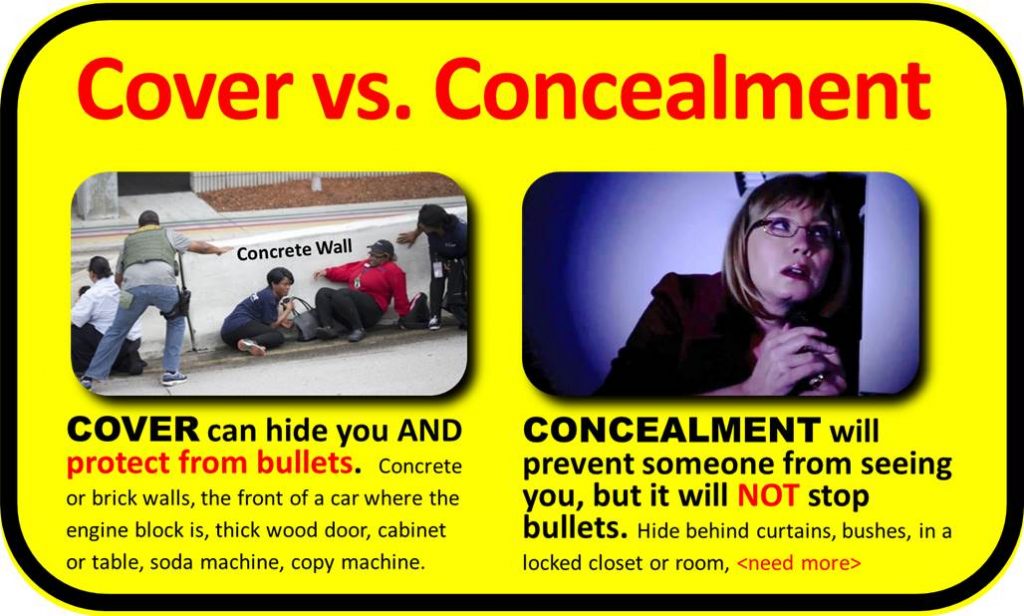

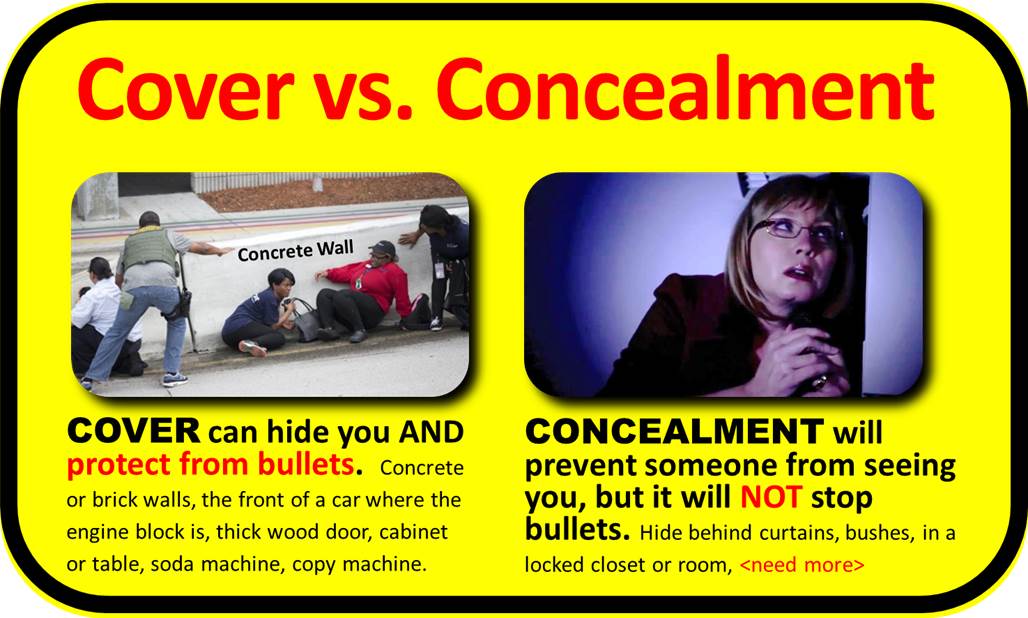
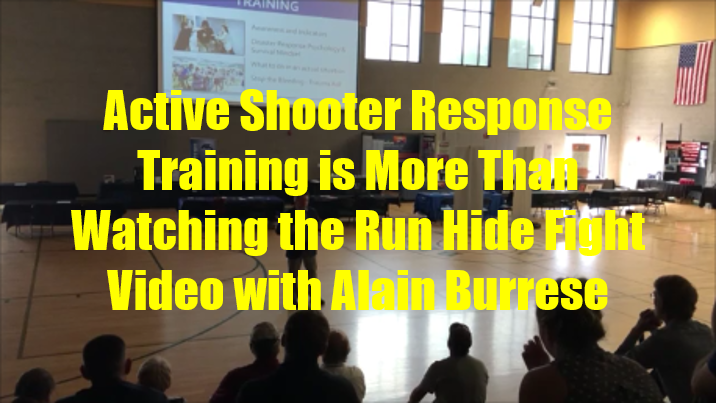
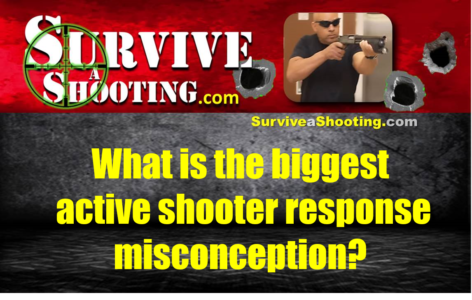
 What active shooter response misconception is the biggest? There are many, and while I’m not sure if this is the biggest, it is very prevalent in some circles and I’m going to look at it today.
What active shooter response misconception is the biggest? There are many, and while I’m not sure if this is the biggest, it is very prevalent in some circles and I’m going to look at it today.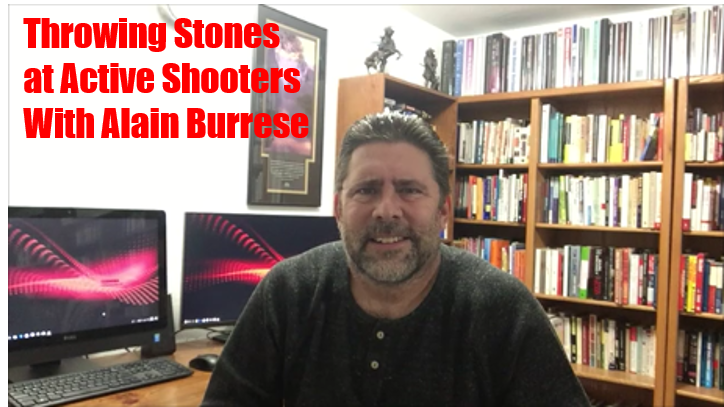
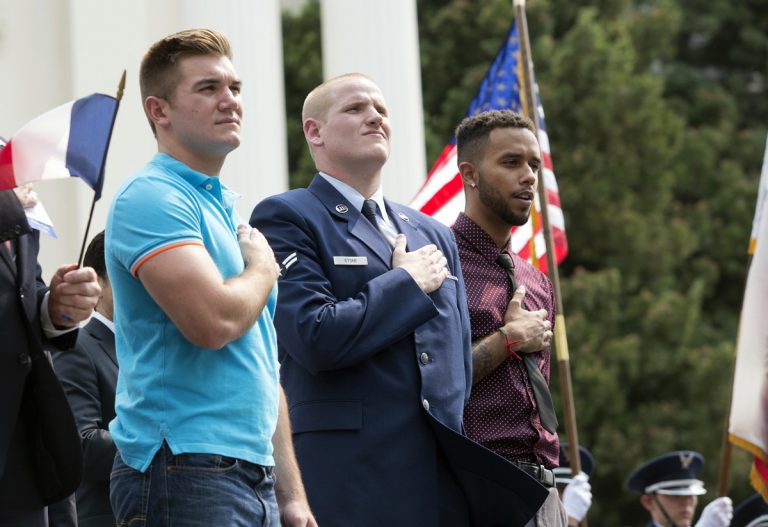
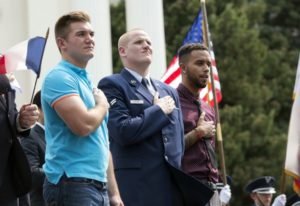 I went to the new Clint Eastwood produced and directed movie The 15:17 to Paris, and wanted to point out a couple of lessons we can all learn from the movie. Eastwood took a risk by having the three childhood friends turned heroes play themselves in the film. But it’s a risk I’m glad he took. Those heroes-turned-actors are Spencer Stone, a former U.S. Air Force Airman, Alek Skarlatos, a former Oregon National Guardsman, and Anthony Sadler, a senior at California State University at the time of the incident. On August 21, 2015, the trio was riding on a Thalys train headed towards the French capital when a man armed with an assault rifle and pistol opened fire, shooting one passenger. Stone and Skarlatos instinctively decided to charge at the assailant, and Sadler was not far behind. Despite several injuries, including a slashed neck and thumb for Stone, the three friends managed to overpower the gunman with the assistance of a British passenger. The four were hailed as international heroes and received various honors for their valor. The movie was adapted from the three men’s co-authored memoir of the same name.
I went to the new Clint Eastwood produced and directed movie The 15:17 to Paris, and wanted to point out a couple of lessons we can all learn from the movie. Eastwood took a risk by having the three childhood friends turned heroes play themselves in the film. But it’s a risk I’m glad he took. Those heroes-turned-actors are Spencer Stone, a former U.S. Air Force Airman, Alek Skarlatos, a former Oregon National Guardsman, and Anthony Sadler, a senior at California State University at the time of the incident. On August 21, 2015, the trio was riding on a Thalys train headed towards the French capital when a man armed with an assault rifle and pistol opened fire, shooting one passenger. Stone and Skarlatos instinctively decided to charge at the assailant, and Sadler was not far behind. Despite several injuries, including a slashed neck and thumb for Stone, the three friends managed to overpower the gunman with the assistance of a British passenger. The four were hailed as international heroes and received various honors for their valor. The movie was adapted from the three men’s co-authored memoir of the same name.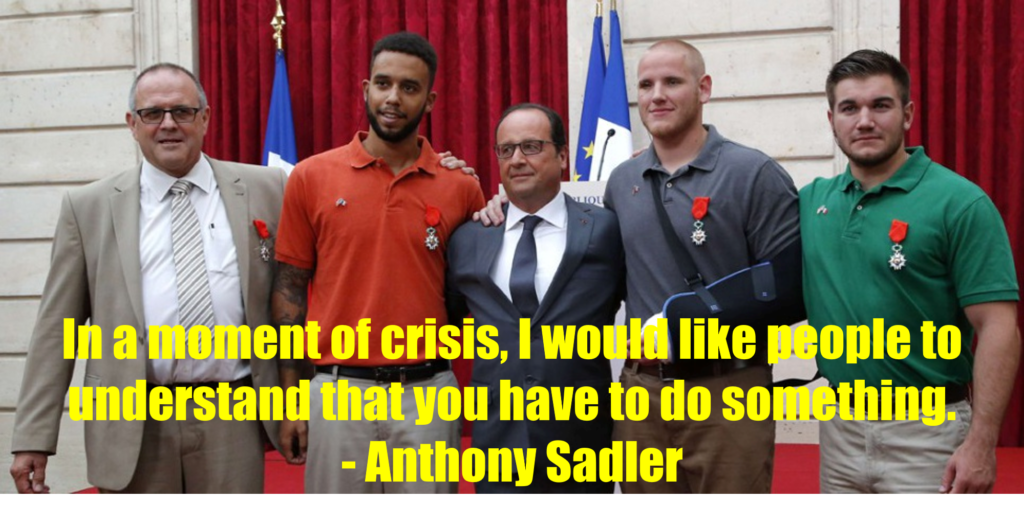
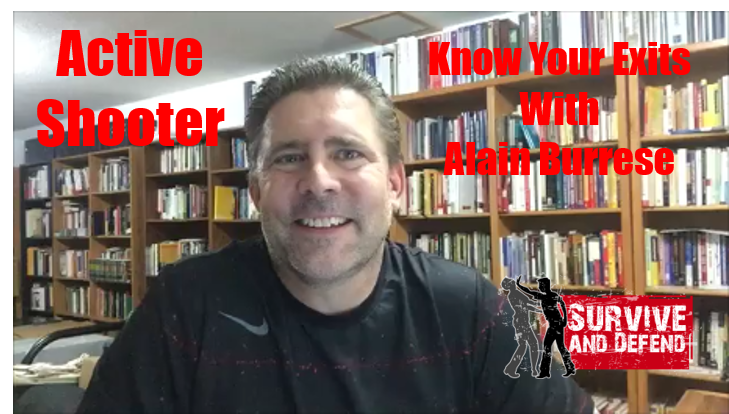
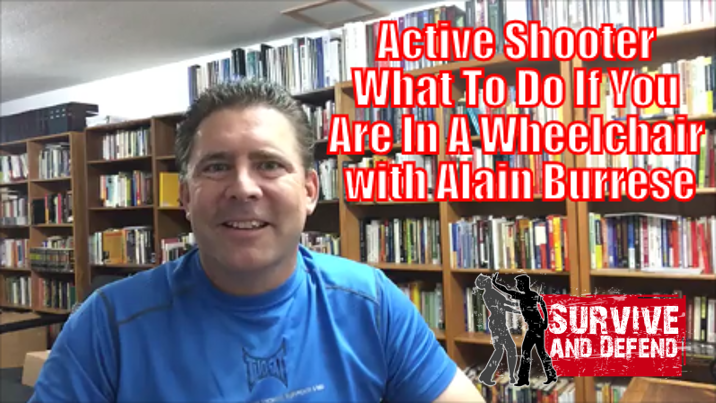
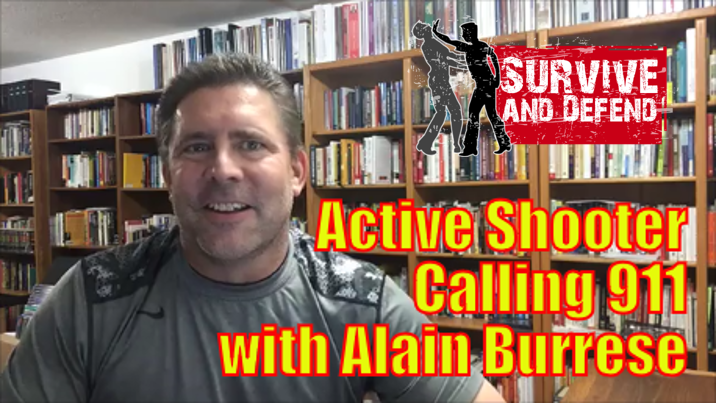
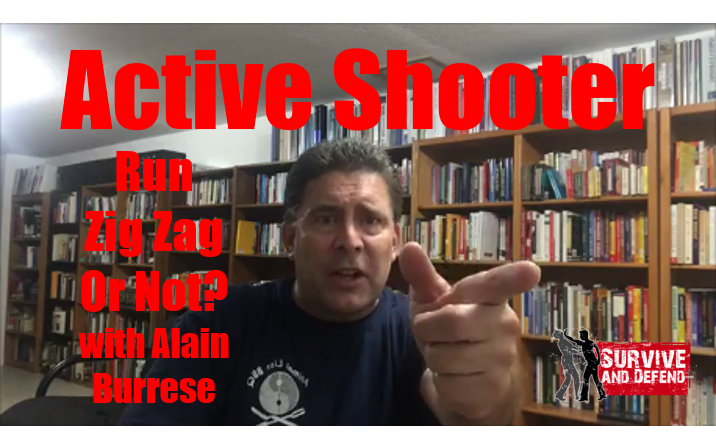
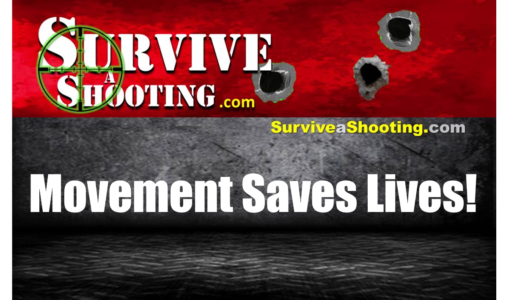
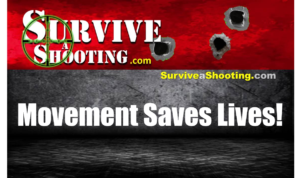 Movement Saves Lives!
Movement Saves Lives!